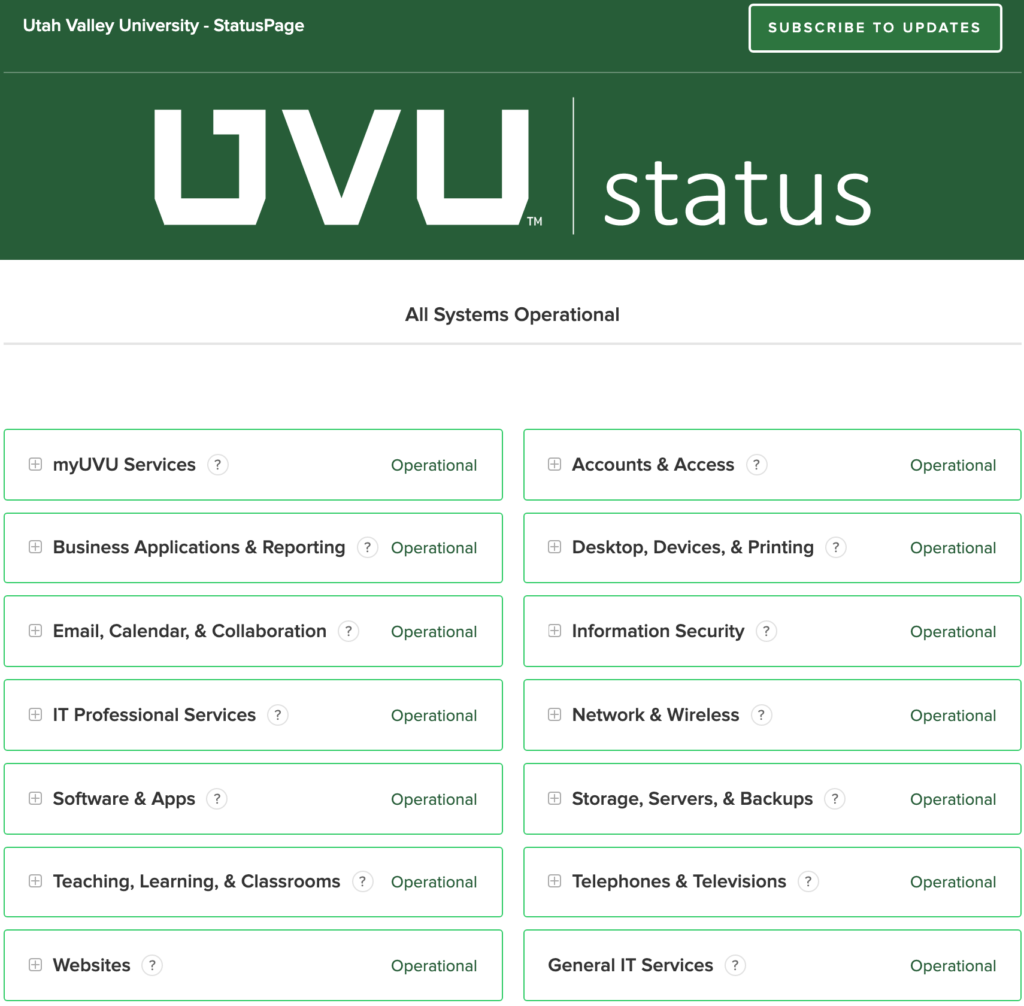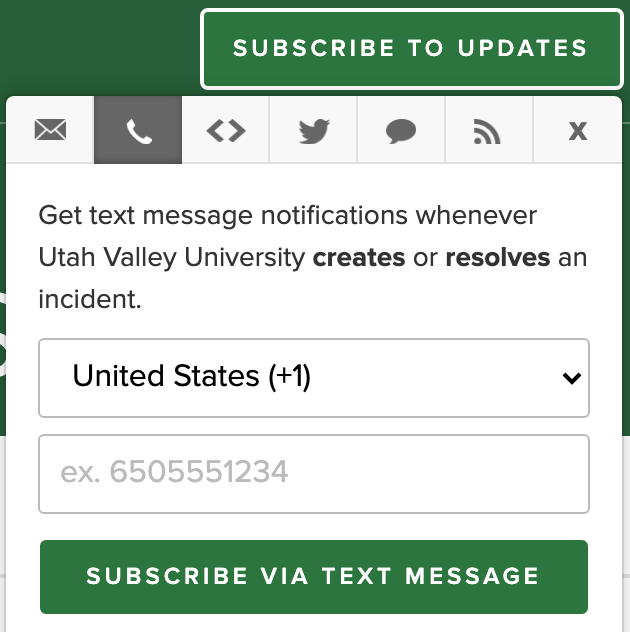We all understand that communication is vital. We use one form of communication or another almost continuously. I carefully chose the word disruptive as part of this post’s title because both common definitions are applicable:
- causing or tending to cause disruption
- innovative or groundbreaking
While communication is intended to be helpful, excessive, irrelevant, or unwanted communication is disruptive. There really can be “too much of a good thing.” However, there is a disruptive, technology-enabled approach that can make communication better.
Communication
There are numerous forms and types of communication. This post focuses on what I call team communication, marketing communication, and incident or issue communication. These communication types are important but can become less useful, even disruptive, due to excessive, irrelevant, or unwanted communication, noise.
Team Communication
Various organizations and human resource departments have carried out many employee satisfaction or engagement surveys. When employees are asked what could be improved, the top answer is always the same, team communication. No matter how thoroughly I have communicated as a leader, my employees have always indicated that they want more communication.
While increased communication is initially appreciated, eventually, the increased volume and breadth of topics are taxing. Eventually, the communication becomes ineffective because the interesting stuff, from one person’s perspective, is lost within the noise of what might be interesting to others – “one man’s trash is another man’s treasure.”
Marketing Communication
Marketing is a form of communication that regularly impacts us. Believers, I am giving them the benefit of the doubt here, in a particular product or service, attempt to inform us of the benefits of their wares in the hopes that, armed with this new knowledge, we’ll acquire, purchase, or subscribe to their products. This communication is vital to businesses and individuals seeking solutions to problems. However, excessive and irrelevant marketing communication reduces its value and may become an irritant.
Incident or Issue Communication
The technology revolution brought the need to communicate technology incidents, issues, and failures to those relying on it. However, like the other forms of communication discussed earlier, too much or irrelevant information, no matter how well-intended, becomes an issue in and of itself.
Transformational Solution
So how do we successfully communicate more without communicating irrelevant information in potentially excessive amounts? The key is realizing that “beauty is in the eye of the beholder,” or, in this case, the receiver of communication. Technology provides a mechanism where those receiving communication can subscribe to the types of communication they desire and decide how they want to receive it.
Use Case
Several weeks ago, Utah Valley University’s Faculty Senate passed a resolution that essentially requested that faculty receive a push notification whenever a critical teaching tool was experiencing issues that would negatively impact their academic activities. They also requested that these communications not be the typical IT service desk responses that they deem to be too long, technical, and exhaustive.
While the institution has a web site to indicate IT systems’ status, status.uvu.edu, it doesn’t meet the criteria outlined previously. It is pull oriented, requiring the faculty to visit the page in reaction to an outage or suspicion of a failure, it reports the status of multiple campus IT systems, many of which are not related to teaching or other academic activities, and it contains far too much technical detail for their needs.
A Solution
A couple of brilliant colleagues of mine read the Faculty Senate’s resolution and decided they could quickly deliver a solution to the problem. They created a tool associated with the IT status page that allows system status to be communicated via text (SMS), email, and even a webhook for integration with other applications.
In addition to providing multiple consumer selectable communication channels, they also provided a mechanism to allow the consumer to choose which service notifications they receive. So, not only can faculty now receive push notifications via text, they can receive text messages for services that impact them. They might choose to be notified about issues or outages affecting our learning management system (LMS), our student information system (SIS), or our classroom technology. They can choose not to be notified about issues and outages regarding systems that don’t impact them. Finally, they can change their settings at any time to meet their changing needs.
Generalization
While the tool described above is for IT incident communication, the principle applies to team and marketing communication. I often hear colleagues complaining about institutional or marketing communication being overwhelming, irrelevant, and disruptive. Many indicate that they delete the communication, believing that it isn’t important or critical to their work.
Imagine a system that enables institutional consumers to subscribe to the content they are interested in and not receive the rest. Also, they could choose the communication channel they’d like to use. In fact, by combining these two features, individuals could choose the information they would like to receive via text, what they would like to receive via email, what they would like to receive through other channels, and what they don’t want.
By allowing consumers to prioritize what they receive and how they receive it, they can remove disruptive noise from their work and lives. This helps them be more productive. The communication they receive will be more impactful and less disturbing.
With such a mechanism in place, a broader set of communications can be supported and tolerated. Institutional entities such as fine arts, performing arts, athletics, clubs, etc., could be invited to communicate as they see fit. In current systems, this invitation would flood our inboxes and increase our level of frustration. With this new paradigm, consumers would receive what they want and discard the rest.
Even external entities could be invited to communicate with and market to our institutional community. For example, a flower shop or restaurant may want to market to our students, faculty, and staff. Such involvement shouldn’t bother individuals or the institution because the only receivers of such communication would be those who opted to receive it. If a vendor becomes disruptive, consumers will unsubscribe.
One final thought. There are a few communication types that all members of our community should receive. For example, emergency notifications should be received by everyone. Having all users receive this type of critical communication is easily provided for.
Summary
In this post, I described several types of communication and pointed out their importance. I also pointed out that when we communicate too often and too broadly, it becomes irrelevant to some. To avoid this issue, we should build a communication platform where our community members can subscribe to what they want and unsubscribe from the rest. We currently have this system in place for IT incident reports but should create a more general tool, let’s call it NotifyMe.


